
In an era of increasingly intense wildfires, innovative technologies and unconventional solutions are emerging to tackle the devastation. The U.S. Department of Energy (DOE) recently awarded a $50K grant to a project combining AI, drones, and fungi to help stop wildfires faster. Artificial intelligence plays a crucial role in predicting fire behavior by analyzing vast amounts of data, enabling fire response teams to act proactively.
Drones, equipped with sensors, monitor and map fire zones in real-time, providing invaluable insights to first responders. Surprisingly, fungi, which are typically associated with decomposition, are now being explored for their fire-retardant properties. Researchers have found that certain fungi can create a protective layer over flammable materials, reducing the spread of fires.
This unexpected combination promises a more efficient and sustainable approach to wildfire management. With climate change contributing to more frequent and severe fires, it’s becoming clear that new technologies will be pivotal in combating this growing threat.
The Role of AI in Predicting Fire Behavior

Artificial Intelligence (AI) has emerged as a powerful tool in predicting wildfire behavior. By analyzing historical fire data, weather conditions, and topography, AI algorithms can model fire patterns and forecast where fires are likely to spread. This predictive capability enables firefighters to allocate resources more efficiently and evacuate areas before fires reach them.
AI can also track real-time changes, adjusting predictions as conditions shift. According to the National Interagency Fire Center, AI-driven predictions have improved fire management and decreased response times. With such advances, AI offers a proactive approach that complements traditional firefighting strategies.
Drones: Eyes in the Sky for Wildfire Monitoring
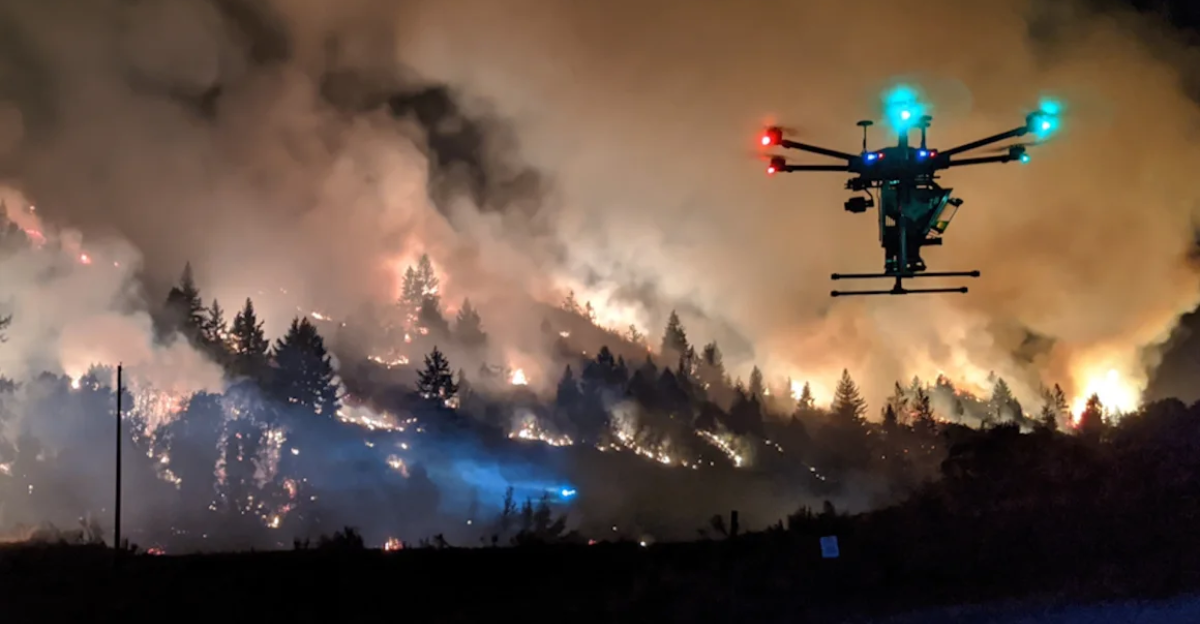
Drones have become indispensable in wildfire response, offering a bird’s-eye view of fire zones. Equipped with thermal imaging cameras, drones can detect heat signatures, even through smoke, providing valuable intelligence to firefighting teams. Unlike helicopters or planes, drones can fly lower and closer to fire fronts, delivering real-time, high-resolution images.
These aerial assessments help responders decide which areas need immediate attention. The use of drones not only improves efficiency but also enhances safety, allowing crews to assess dangerous situations from a distance. Drones are also used for post-fire analysis, helping teams learn from each wildfire.
Fungi: Nature’s Unexpected Firefighter

While it may seem unlikely, certain fungi species are showing promise as natural fire retardants. Studies have revealed that fungi, such as Ganoderma lucidum and Fomes fomentarius, can be applied to materials to reduce their flammability. These fungi produce natural compounds that inhibit the combustion process, creating a protective layer that slows the spread of flames.
Researchers are exploring ways to incorporate these fungi into fire-resistant materials for construction and forestry. The appeal of fungi lies in their sustainability, as they are a renewable resource that can be harvested without significant environmental impact. This innovative approach could reduce the reliance on chemical fire retardants, which often have harmful side effects.
Integrating AI and Drones for Better Fire Management
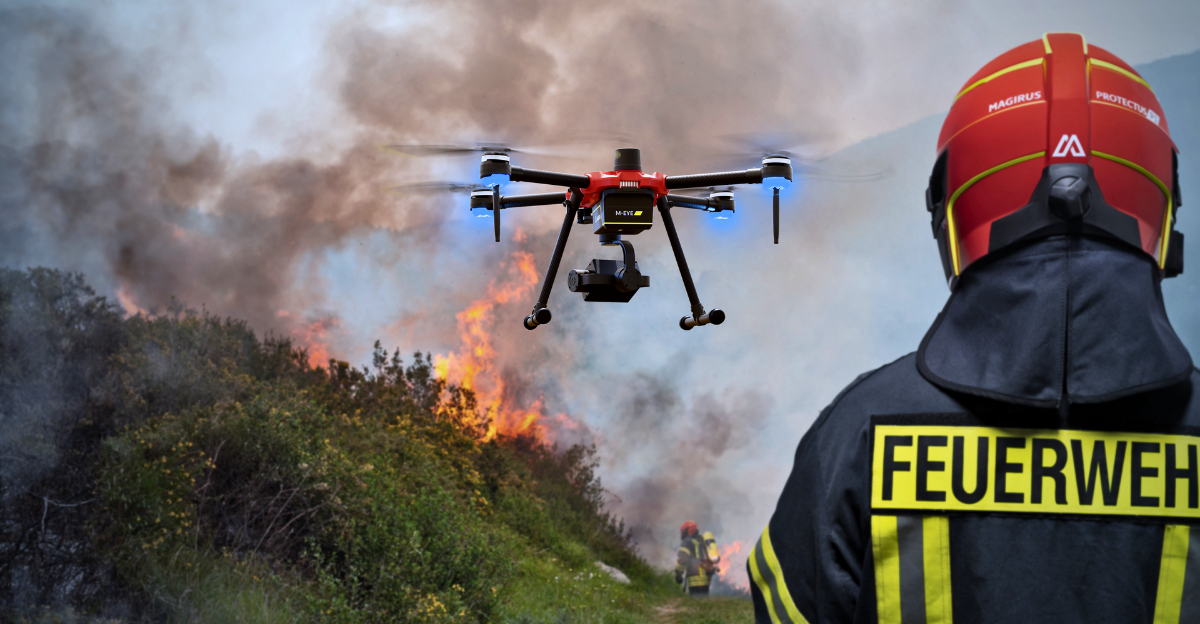
Integrating AI with drone technology has proven to be a game-changer in wildfire management. By combining AI’s predictive capabilities with real-time data from drones, responders can comprehensively understand the fire’s progression. Drones equipped with AI algorithms can autonomously navigate fire zones, identifying key areas for intervention and assessing potential hazards.
This collaboration increases efficiency, enabling faster response times and more accurate resource allocation. Additionally, AI can analyze drone-collected data, improving future predictions and strategies. This synergy between AI and drones marks a significant shift toward more intelligent, data-driven wildfire management.
The $50K Grant: Fueling Innovation in Firefighting Technology
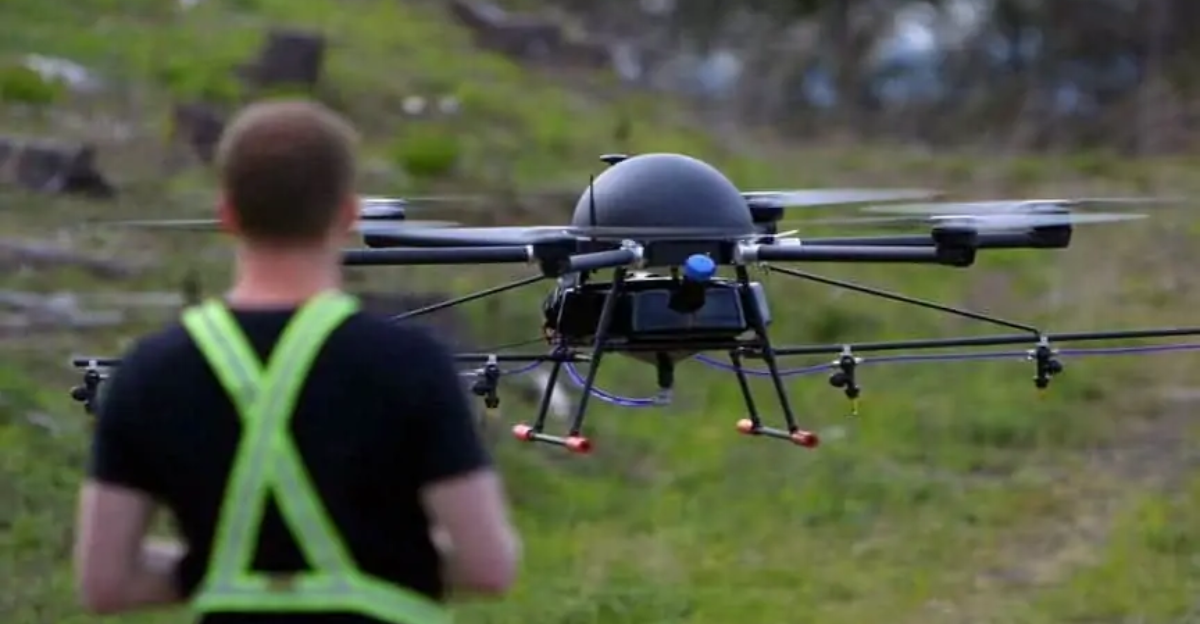
The $50K grant from the U.S. Department of Energy is part of a broader initiative to fund innovative wildfire mitigation technologies. This grant will enable researchers to develop further AI-powered systems that enhance the effectiveness of drones and fungi in firefighting efforts.
The funding will support research into AI algorithms that can predict wildfire behavior with even greater precision and develop fungi-based fire retardants for use in high-risk areas. The success of this project could lead to more widespread adoption of these technologies, paving the way for faster and more efficient wildfire response strategies.
Addressing Wildfire Challenges in the Age of Climate Change
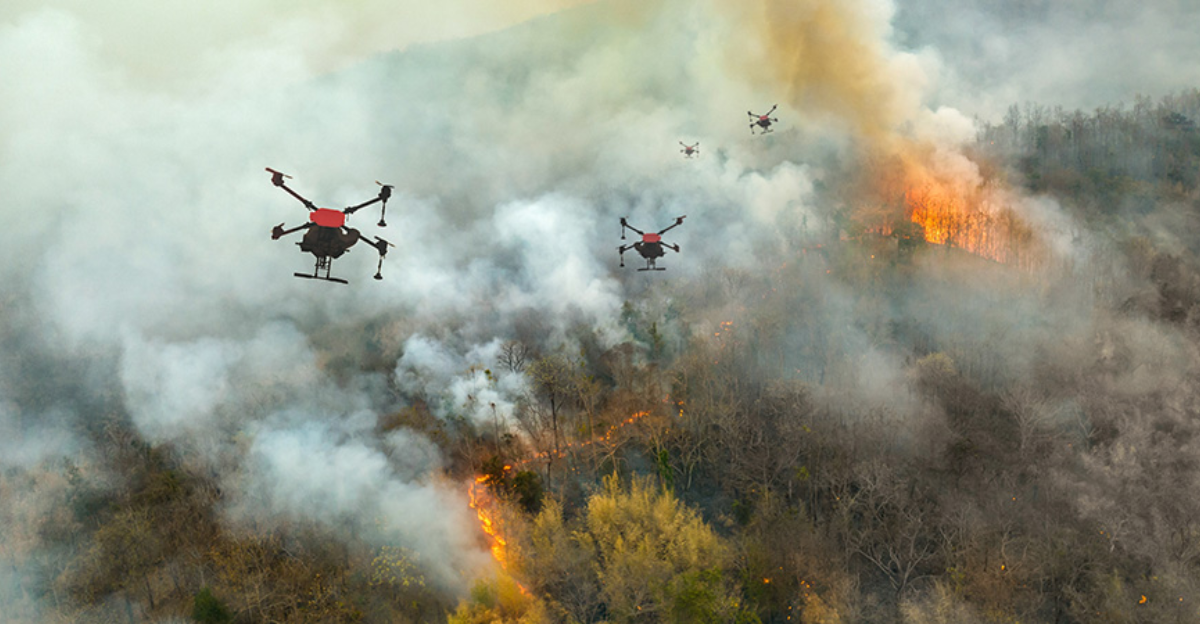
Wildfires have become increasingly urgent as climate change exacerbates their frequency and intensity. Rising temperatures, prolonged droughts, and changing weather patterns create ideal conditions for wildfires. As a result, traditional firefighting methods are becoming less effective in tackling the scale of modern fires.
Integrating AI, drones, and fungi into wildfire management represents a significant leap forward in addressing these challenges. These technologies offer new ways to fight fires more effectively and sustainably, helping to mitigate the impacts of climate change on our environment.
Benefits of AI in Early Detection and Prevention

AI plays a role not only in predicting fire behavior but also in early detection. Through the analysis of satellite imagery, weather data, and ground sensors, AI systems can identify fire risks in their earliest stages. Early detection is critical in preventing wildfires from spreading, giving authorities the time to act quickly.
AI can also identify patterns in fire data that human responders might miss, improving the ability to detect unusual fire risks before they become catastrophic. With AI-driven systems, we can better prevent fires from escalating into disasters.
Potential for Fungi in Future Fire-resistant Materials
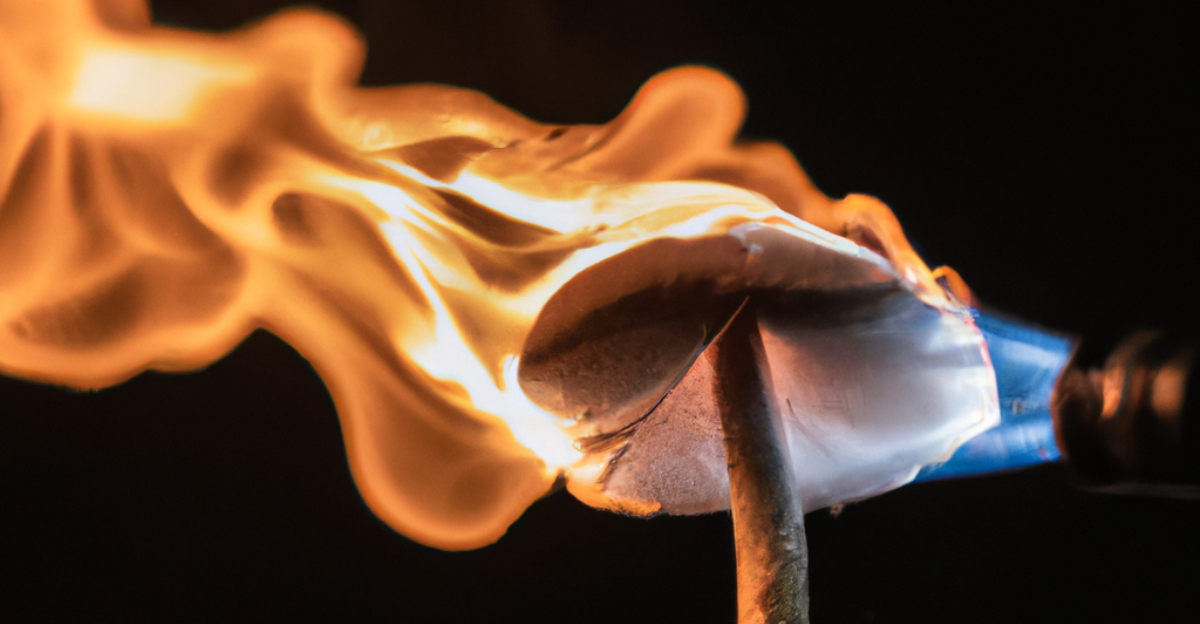
The discovery of fungi as fire retardants is still in its early stages, but the potential for their use in fire-resistant materials is significant. By combining the natural fire-blocking properties of fungi with modern materials science, we could see the development of eco-friendly, highly effective fire-resistant coatings and building materials.
These materials could be used in everything from forest management to building fire-resistant homes in high-risk areas. As research into fungi continues, this natural solution could become a key component of a broader strategy to combat wildfires sustainably.
The Future of Wildfire Fighting: A Tech-Driven Approach
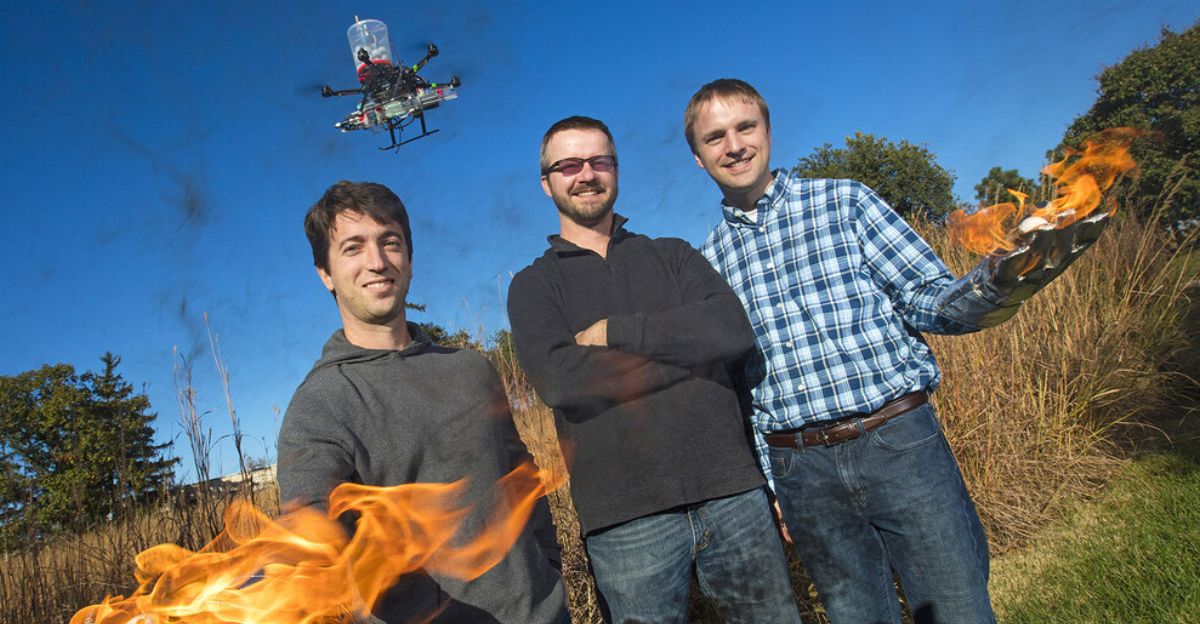
As wildfires continue to threaten lives and property, the future of firefighting lies in technology. AI, drones, and fungi are just beginning a wave of innovations that could revolutionize how we manage and fight wildfires. Technology offers new opportunities to improve wildfire response, from better early detection to more effective suppression methods.
The $50K grant is just one example of how investment in innovation is helping us stay one step ahead of nature’s most destructive force. As technology continues to evolve, it’s clear that these unlikely heroes will shape the future of wildfire management.
Explore more of our trending stories and hit Follow to keep them coming to your feed!

Don’t miss out on more stories like this! Hit the Follow button at the top of this article to stay updated with the latest news. Share your thoughts in the comments—we’d love to hear from you!







